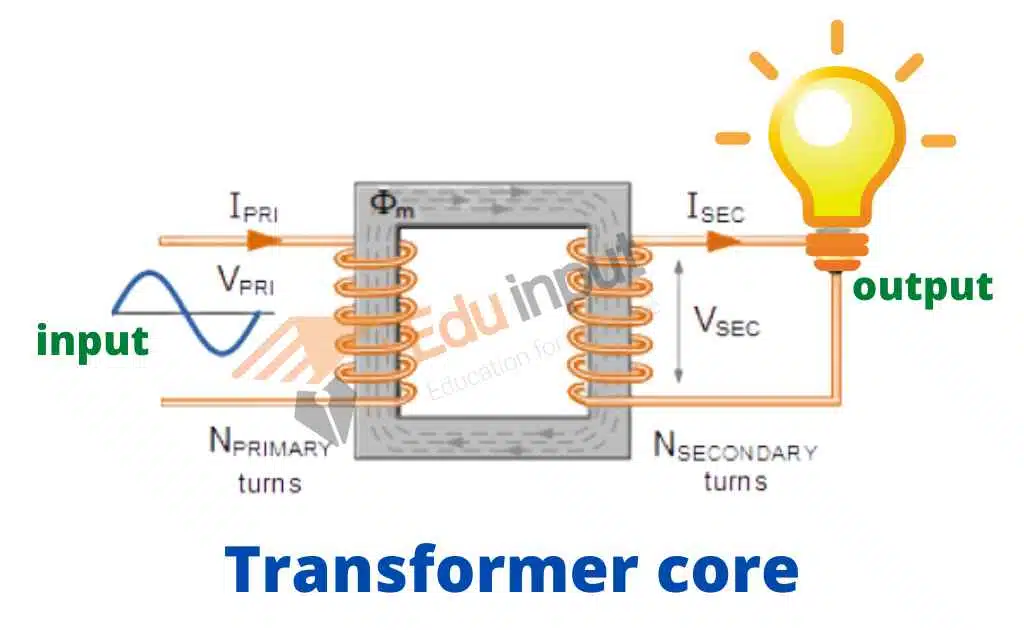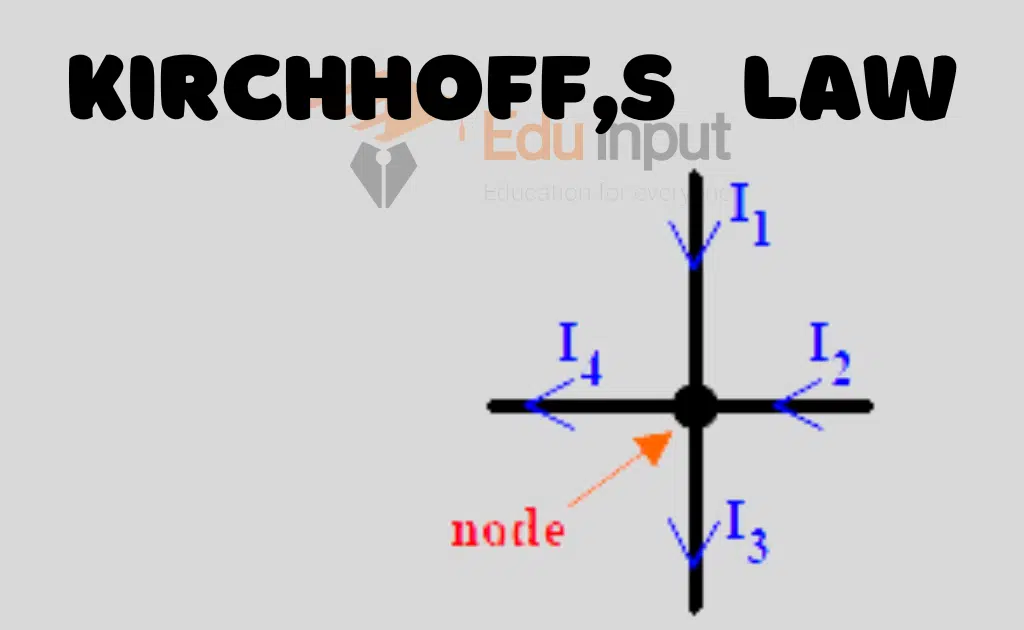Electrical Devices-Definition, Example, And Disadvantages
An electric device is any device or equipment that operates using electricity as its source of power or energy. It is designed to perform specific functions or tasks by utilizing electrical energy.
Electric devices can vary widely in their size, complexity, and purpose, ranging from small handheld gadgets to large industrial machinery.
What are Electrical Devices?
The devices that convert the current into other forms of energy are called electrical devices. The metal is used for conducting. The high alternating current is what electrical devices work on. The power consumption of electrical devices is high. The category of electrical devices is different than the category of electronic devices. An electronic device, such as a cell phone or mp3 player, uses complex manipulation of electricity to perform additional actions by using the electronic current to add audio or visual information.
History of Electrical Devices
The invention of the first electrical batteries in 1800 was 100 years before the creation of the electronics field of study. An electrical battery was used in the Parthian Empire in the second century B.C., according to some archaeological evidence. The telegraph, which was invented in the 1830s, was one of the early electrical devices.
The telegraph used a type of code called Morse code, invented by Samuel Morse, to allow for nearly instantaneous communication over long distances. A temperature control feature on a toast is one of the modern electrical devices that have electronic components in them.
Examples of Electric Devices
Electric devices are an integral part of our daily lives and they span a wide range of applications. Here are some common examples of electric devices:
Voltmeter
A voltmeter is an electrical device used to measure voltage, which is the potential difference between two points in an electric circuit. It typically consists of a sensitive galvanometer and a set of resistors.
When connected in parallel across a circuit component, the voltmeter measures the voltage drop across that component. It allows physicists to quantify the electrical potential at different points in a circuit and study the distribution of electrical energy. Voltmeters are extensively used in physics experiments involving circuits, electromagnetism, and electronic devices.
Ammeter
An ammeter is a device used to measure the electric current flowing through a circuit. It is designed to be connected in series with the component or circuit being analyzed. The ammeter measures the flow of charge per unit of time and provides valuable information about the intensity of the electric current.
By using ammeters, physicists can study the behavior of electric currents, analyze circuit characteristics, and explore concepts such as Ohm’s law and Kirchhoff’s laws. Ammeters are essential tools in physics experiments involving electrical circuits, electromagnetism, and electronics.
Ohmmeter
An ohmmeter is a device used to measure electrical resistance. It determines the opposition to the flow of electric current in a circuit or a component. Ohmmeters typically utilize a known voltage source and measure the resulting current to calculate resistance using Ohm’s law.
By measuring resistance, physicists can analyze the conductivity of materials, investigate the behavior of resistors, and assess the overall performance of electrical circuits. Ohmmeters find extensive applications in physics experiments involving circuit analysis, material characterization, and electronic component testing.
Oscilloscope
An oscilloscope is a powerful instrument used to visualize and analyze electrical waveforms. It displays voltage signals as a function of time, allowing physicists to observe the shape, amplitude, frequency, and phase of electrical signals.
Oscilloscopes provide detailed insights into the behavior of electrical signals in circuits and systems, making them invaluable in physics experiments related to signal analysis, wave propagation, and frequency characterization. They are widely used in fields such as electronics, telecommunications, and optics.
Function Generator
A function generator is an electronic device that produces various types of electrical waveforms. It can generate sine waves, square waves, triangular waves, and other waveforms with controllable parameters such as frequency, amplitude, and phase.
Function generators are employed in physics experiments to provide standardized input signals, simulate real-world phenomena, and study the response of circuits and systems under different conditions. They are particularly useful in experiments involving wave phenomena, system characterization, and frequency analysis.
Power Supply
A power supply is an electrical device that converts input power into the required output power for a specific application. It provides a stable and regulated electrical energy source to power other devices or circuits.
Power supplies come in different types, including linear power supplies and switching power supplies, each with its own advantages and applications. In physics experiments, power supplies are essential for providing reliable and controlled electrical energy to various components, circuits, and systems.
Multimeter
A multimeter, also known as a multitester or VOM (volt-ohm-milliammeter), is a versatile device that combines the functionalities of a voltmeter, ammeter, and ohmmeter in a single instrument. It allows physicists to measure voltage, current, resistance, and other electrical quantities using different measurement modes.
Multimeters provide convenience and efficiency in physics experiments by eliminating the need for multiple devices and enabling quick and accurate measurements. They are widely used in various branches of physics, electronics, and engineering.
Digital Logic Analyzer
A digital logic analyzer is a specialized instrument used to capture and analyze digital signals. It provides a detailed view of the timing and voltage levels of digital waveforms, making it easier to understand and troubleshoot complex digital systems.
Digital logic analyzers are indispensable in physics experiments involving digital electronics, digital communication, and digital signal processing. They help physicists analyze and optimize digital circuits, verify the correctness of digital protocols, and identify potential issues in digital systems.
Electroscope
An electroscope is a simple device used to detect and measure electric charges. It typically consists of a conducting rod or disk connected to two thin metal leaves. When an electric charge is applied to the electroscope, the leaves repel each other, indicating the presence of charge.
Electrometers, a more sophisticated version of an electroscope, can measure the magnitude of the charge. Electroscope experiments are commonly performed in physics to study electrostatics, investigate charge distribution, and explore the principles of electrostatic induction.
Capacitor
A capacitor is an electronic component used to store electrical energy in an electric field. It consists of two conductive plates separated by an insulating material called a dielectric. When a voltage is applied across the capacitor, it charges and stores energy in its electric field. Capacitors are essential in physics experiments involving energy storage, time-dependent circuits, and analog electronics. They find applications in a wide range of fields, including electronics, power systems, and telecommunications.
Inductor
An inductor is an electrical device that stores magnetic energy in a magnetic field when current flows through it. It typically consists of a coil of wire wound around a core material. Inductors resist changes in current flow and store energy in their magnetic fields.
Inductors play a crucial role in physics experiments related to electromagnetism, energy conversion, and signal processing. They are widely used in applications such as power supplies, transformers, and electronic filters.
Transistor
A transistor is a semiconductor device that amplifies and switches electronic signals. It is a fundamental building block of modern electronics and has revolutionized the field of technology. Transistors allow physicists to control the flow of current through a circuit and amplify weak signals to a usable level.
They are widely used in physics experiments involving amplification, switching, modulation, and digital logic. Transistors have applications in various fields, including telecommunications, computing, and solid-state physics.
Photodetector
A photodetector is a device used to detect and measure light intensity or other forms of electromagnetic radiation. It converts light energy into an electrical signal for further analysis and processing. Photodetectors are essential in physics experiments involving optics, photonics, and spectroscopy.
They enable physicists to measure light intensity, study the interaction of light with matter, and explore phenomena such as the photoelectric effect and quantum optics. Photodetectors find applications in fields such as imaging, communications, and scientific research.
Transformer
A transformer is an essentially electrical device used for voltage transformation. It consists of two or more coils of wire, known as the primary and secondary windings, which are wrapped around a common magnetic core. Transformers are widely employed in power transmission, distribution systems, and various electrical applications to efficiently change the voltage level of alternating current (AC) electricity.

Advantages of Electrical Devices
There are some advantages of electrical devices given below.
- Efficiency: Electrical devices generally operate with high efficiency, converting electrical energy into useful output with minimal waste. This efficiency helps conserve energy and reduce overall electricity consumption.
- Convenience: Electrical devices provide convenience and ease of use. They automate tasks, simplify daily routines, and save time and effort. From kitchen appliances to electronic gadgets, electrical devices make our lives more comfortable and efficient.
- Versatility: Electrical devices are highly versatile and adaptable. They can be designed to perform a wide range of functions, from heating and cooling to communication and entertainment. This versatility enables them to meet diverse needs and cater to different preferences.
- Precision and Control: Electrical devices offer precise control over various parameters. For instance, temperature-controlled appliances allow users to set specific temperatures, ensuring optimal conditions. Such control enhances safety, efficiency, and user experience.
- Productivity: Electrical devices enhance productivity in various sectors, such as manufacturing, healthcare, and communication. They enable faster and more accurate processes, leading to increased productivity, improved quality, and higher output.
Disadvantages of Electrical Devices
Electrical devices have become an integral part of modern life that offer numerous benefits and conveniences. However, they also have some drawbacks.
- Energy Consumption: Electrical devices consume energy, contributing to the overall demand for electricity. This reliance on energy sources can strain power grids, increase energy costs, and have environmental implications, especially if the electricity is generated from non-renewable sources.
- Environmental Impact: Some electrical devices, such as certain appliances and electronics, contain hazardous materials like lead, mercury, and other pollutants. Improper disposal of these devices can harm the environment and human health.
- Dependency: Excessive reliance on electrical devices can lead to dependency and reduced self-sufficiency. Power outages or malfunctions can disrupt daily activities and impact individuals who heavily rely on electrical devices for essential tasks.
- Initial Cost: Some electrical devices, especially advanced or specialized ones, can have a high initial cost. This cost may deter some individuals or organizations from acquiring certain devices, limiting access to their benefits.
- Maintenance and Repair: Electrical devices may require regular maintenance and occasional repairs. This can involve additional costs, inconvenience, and the need for technical expertise. In some cases, repair or replacement parts may be expensive or hard to find.







Leave a Reply